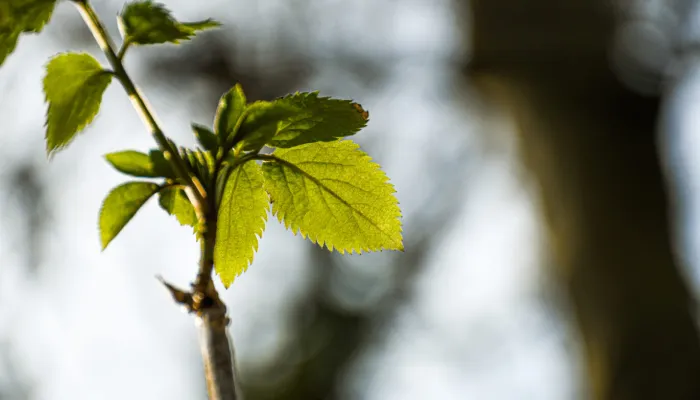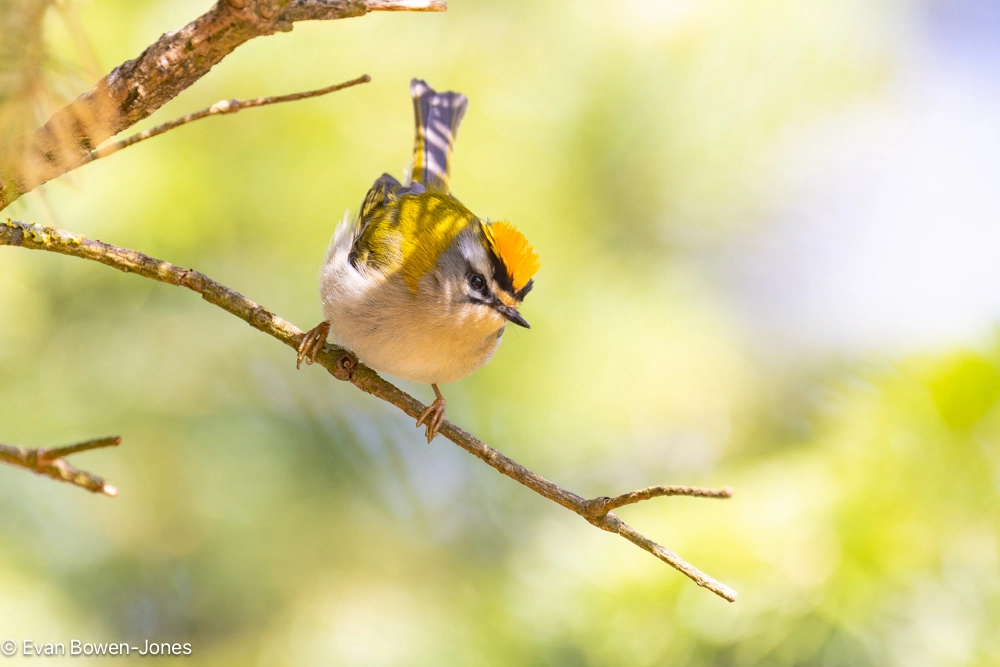Birds are now very visible and audible, establishing territories, building nests, finding mates and seeing off the opposition. In early March volunteer Neil Burt reported ‘a fantastic birdwatching walk around the reserve this morning: a superb singing male firecrest, 2 redpolls, female brambling, 5 mandarins (4 drakes, 1 duck), 3 little egrets, 1 buzzard, 1 kestrel, 4 tit species, 8 singing chiffchaffs, coots and moorhens, 1 little grebe, 2 goldcrests, 10 goldfinches, 4 greater spotted and 3 green woodpeckers, 2 jays, 5 nuthatches, 15 redwings, 3 treecreepers, stock dove and 3 yellowhammers.’ All these in just three hours. Neil added: ‘Great to see Ian Rickards & the team hard at work managing the habitat for the flora & fauna.’
Early insects are also on the wing, bees bottoms-up in my crocus flowers, lurching pollen-laden to the next flower and feed of nectar. But they aren’t all bees. The hoverfly Eristalis tenax, which also emerges from hibernation on warm days, is disguised as a bee drone, the male hive bee, to ward off predators. But it has no sting so is harmless, has no waist, which bees have, and has only one pair of wings. There are several drone-fly species, all important pollinators and no danger to humans. Recent research shows that they even mimic the flight patterns of drone bees. Just how did that bit of evolution start?! Another early sighting in March was a red admiral, which may have hibernated here and emerged on a warm day or could have been an early migrant from continental Europe. Strong-flying brimstones, and commas should also be about.
One of the quietest corners of Hothfield Reserve is New Fen, a long narrow triangle between Watery Lane and the A20. It has a remnant of bog at the centre and work continues to help keep the area wet through hot dry summers. A team of nine volunteers returned here in March, removing (popping) young trees and cutting down older birches. Brush was cut and bundled up to place across the stream in six locations to slow the flow, and the leaky dams installed last year were repaired to make them less leaky. All in a March mix of sunshine and hail storms.
Come and find your quiet spot in the sun or look for the first bluebell flower in this very special nature reserve!

Visit Hothfield Heathlands
Rich in flora and fauna, this important reserve contains Kent's last four valley bogs and one of its few remaining fragments of open heath.


